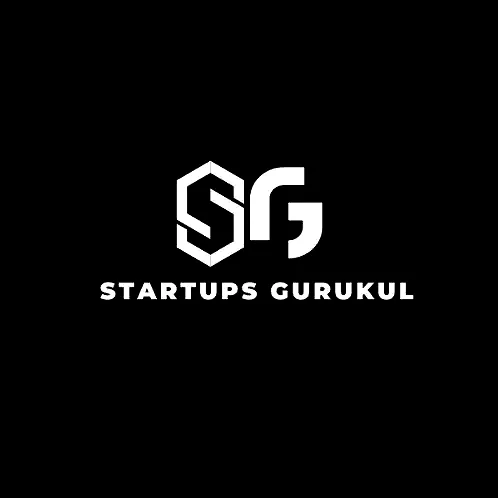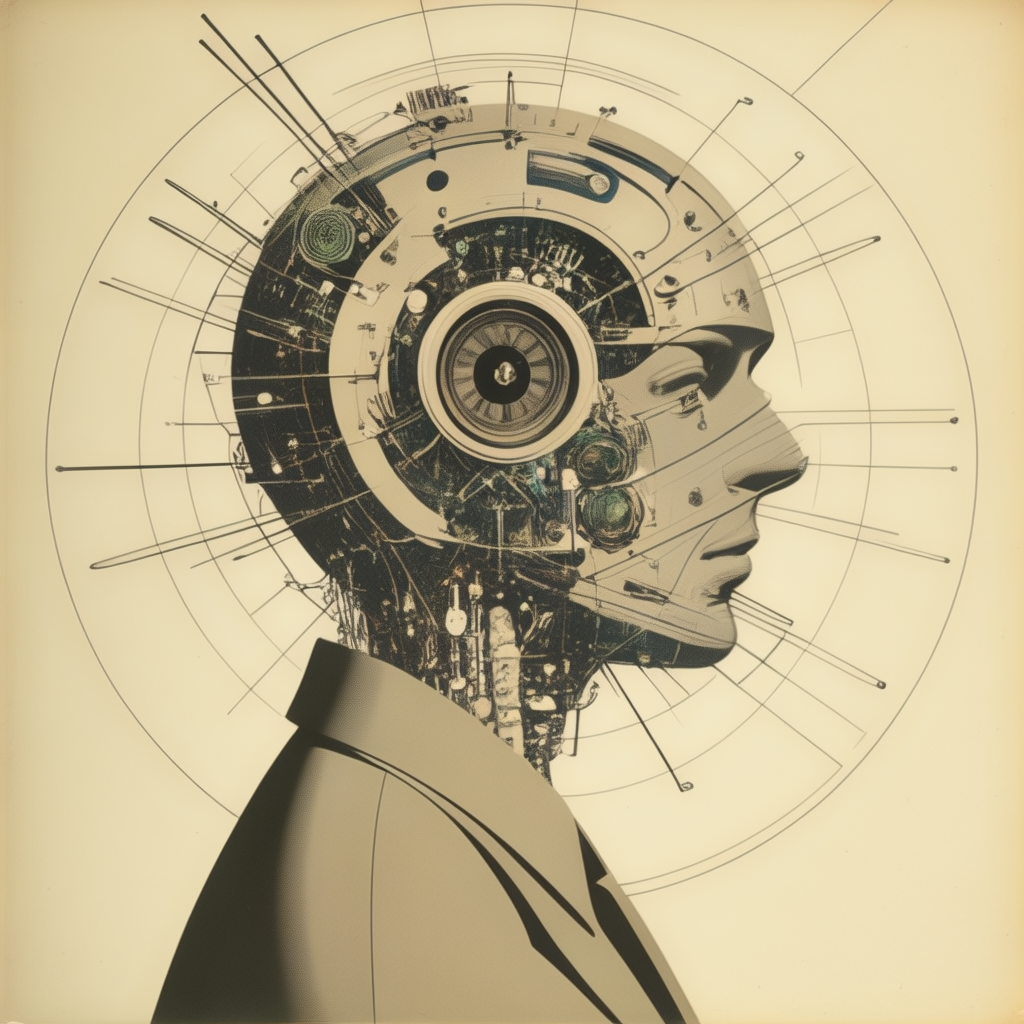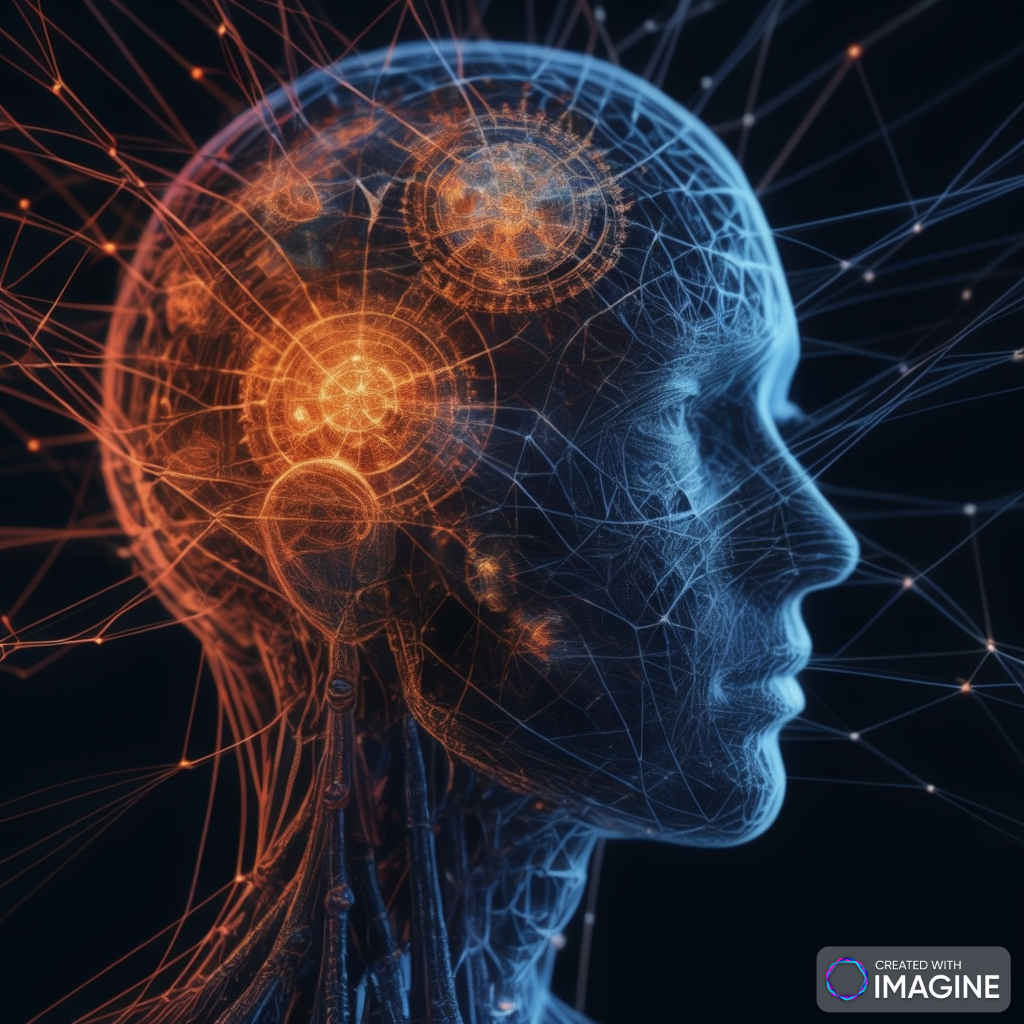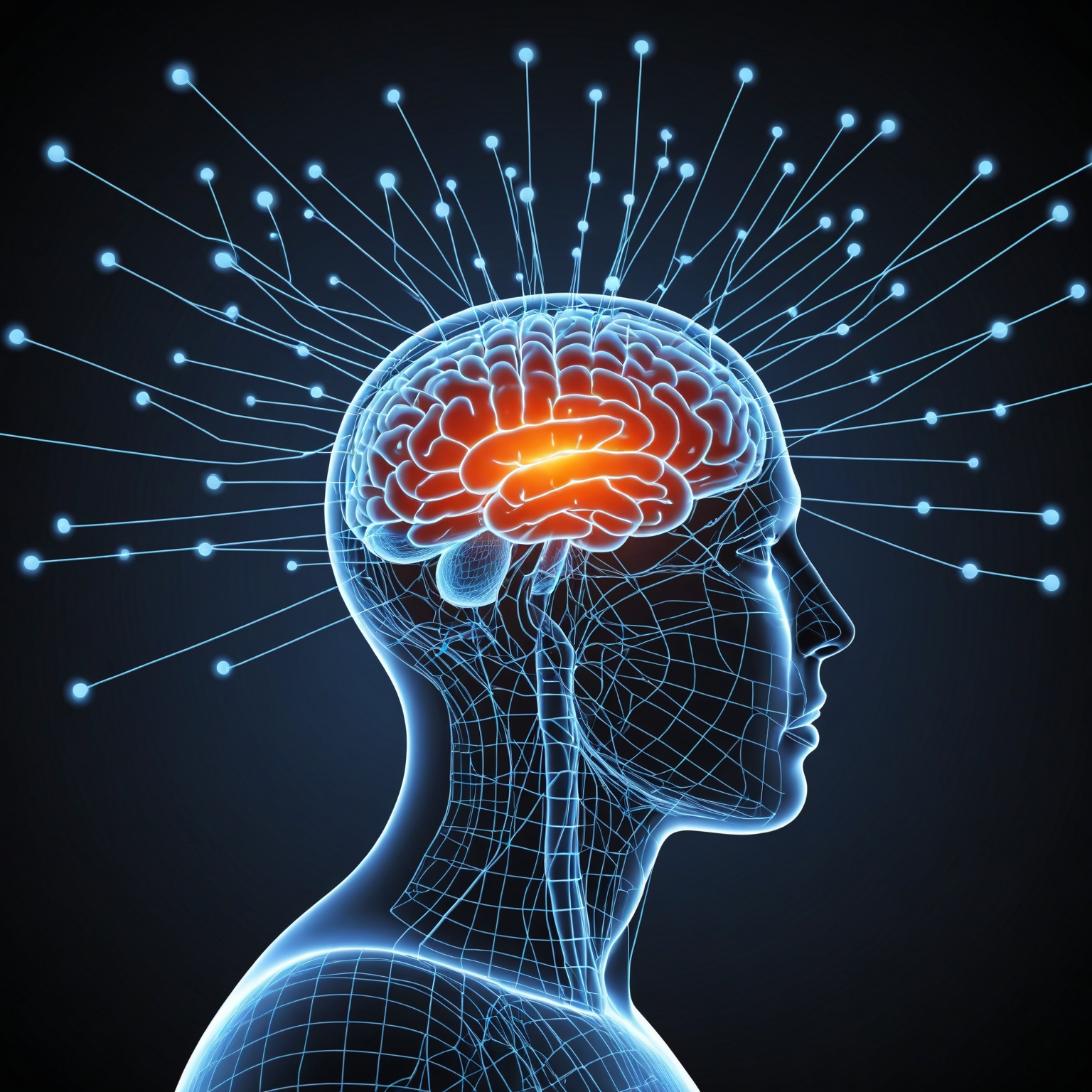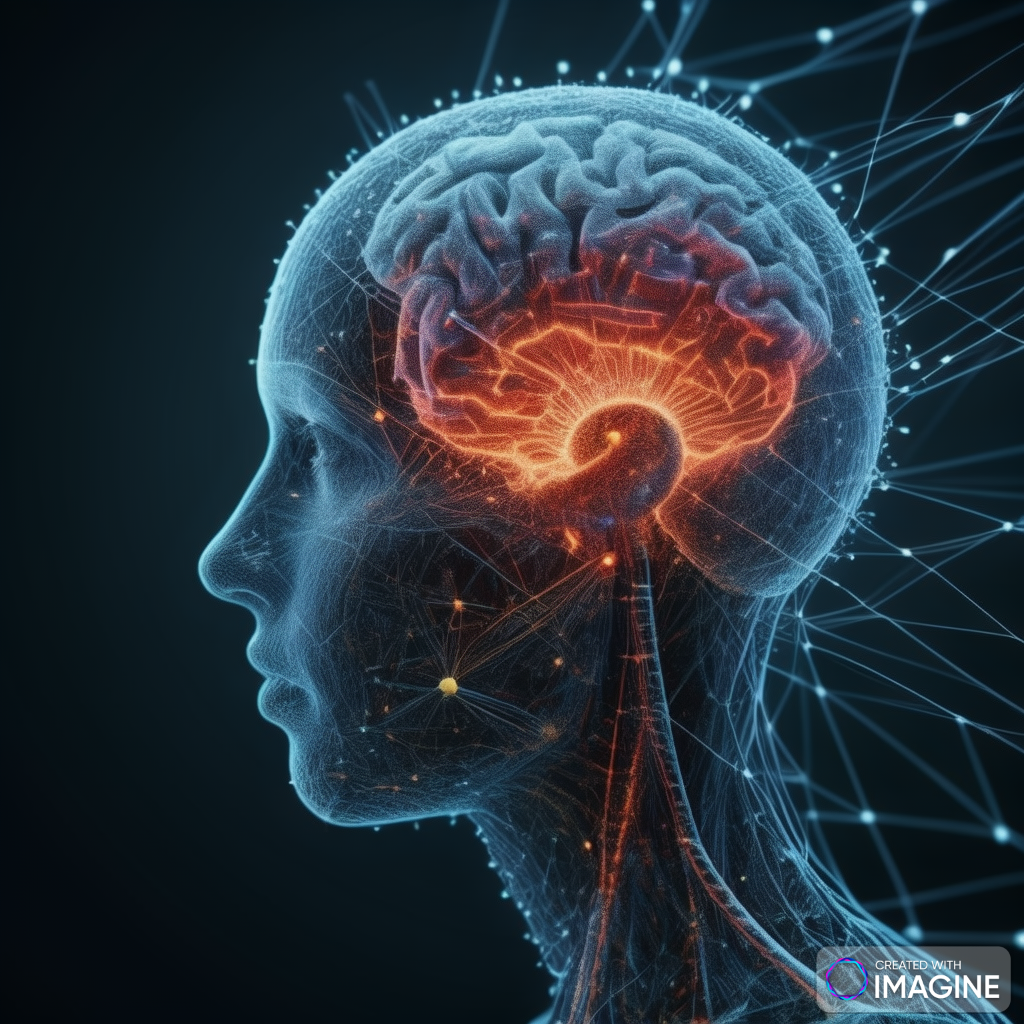The Synergy of Modern Computational Techniques: Integrating Machine Learning, Stochastic Modeling, Optimization, Control, and Automated Reasoning
In the evolving landscape of computational science and technology, there is a growing recognition that various disciplines should not operate in silos. Integrating machine learning with stochastic modeling, merging search techniques with classical optimization and control, and combining automated reasoning with formal methods and static analysis are crucial for advancing both theoretical understanding and practical applications. This interdisciplinary approach promises to enhance efficiency, accuracy, and innovation across diverse fields.
Machine Learning and Stochastic Modeling: A Symbiotic Relationship
Machine learning (ML) has transformed how we approach data analysis and prediction, offering powerful tools for recognizing patterns and making decisions based on large datasets. However, ML models often rely on assumptions of data regularity and completeness, which can be unrealistic in real-world scenarios characterized by uncertainty and variability.
Stochastic modeling, which involves random variables and probabilistic processes, provides a framework for incorporating uncertainty into models. By integrating ML with stochastic modeling, we can develop more robust and resilient systems. For example:
- Robust Predictions: Stochastic models can help quantify the uncertainty in ML predictions, making them more reliable in scenarios with high variability.
- Enhanced Learning Algorithms: Incorporating stochastic elements into learning algorithms can improve their ability to generalize from limited data, especially in dynamic environments.
- Real-World Applications: In fields such as finance, healthcare, and climate science, where uncertainty is inherent, combining ML with stochastic modeling can lead to more accurate risk assessments and decision-making tools.
Search, Classical Optimization, and Control: Bridging the Gaps
Search algorithms are fundamental to computer science, enabling solutions to complex problems by exploring a large space of possibilities. Classical optimization and control theory, on the other hand, provide rigorous mathematical frameworks for finding the best solutions and regulating system behavior. Integrating these domains can yield significant benefits:
- Optimization of Search Processes: By applying optimization techniques to search algorithms, we can enhance their efficiency, reducing the time and computational resources required to find optimal solutions.
- Dynamic Control: In real-time systems, integrating search with control theory allows for adaptive responses to changing conditions, improving stability and performance.
- Complex Problem Solving: Combining these approaches facilitates tackling complex, multi-objective problems in areas such as robotics, logistics, and resource management.
Automated Reasoning, Formal Methods, and Static Analysis: Ensuring Reliability and Safety
Automated reasoning involves the use of algorithms to perform logical inference, playing a crucial role in fields such as artificial intelligence and software engineering. Formal methods and static analysis offer rigorous techniques for verifying the correctness and reliability of systems. Integrating these disciplines is essential for developing trustworthy and safe technologies:
- Improved Verification: Automated reasoning can enhance the power of formal methods, enabling more comprehensive verification of complex systems.
- Static Analysis for Dynamic Systems: Combining static analysis with automated reasoning allows for the early detection of potential errors and vulnerabilities in software, leading to more reliable and secure systems.
- Scalability and Efficiency: Integrating these approaches helps manage the complexity of large-scale systems, making verification and analysis more scalable and efficient.
Case Studies and Applications
Healthcare
In healthcare, integrating ML with stochastic modeling can improve diagnostic accuracy and treatment planning. For instance, predictive models for patient outcomes can benefit from incorporating uncertainty to account for variability in patient responses and disease progression.
Autonomous Vehicles
The development of autonomous vehicles relies heavily on the integration of search algorithms, optimization, and control theory. These vehicles must navigate complex environments, make real-time decisions, and optimize routes while maintaining safety and efficiency.
Cybersecurity
Automated reasoning and formal methods are crucial for ensuring the security of software systems. By combining these techniques with static analysis, we can identify and mitigate vulnerabilities before they are exploited, enhancing the overall security posture of critical infrastructures.
The Path Forward: Embracing Interdisciplinary Collaboration
The convergence of machine learning, stochastic modeling, optimization, control, and automated reasoning represents a paradigm shift in computational science and technology. Embracing interdisciplinary collaboration is key to unlocking the full potential of these fields. Researchers, practitioners, and educators must work together to develop integrated frameworks, share knowledge, and promote a holistic understanding of complex problems.
Investing in cross-disciplinary education and training is essential for preparing the next generation of scientists and engineers. By fostering an environment where expertise in one domain is complemented by knowledge in others, we can drive innovation and create solutions that are not only effective but also resilient and reliable.
The Interconnected Landscape of Computational Science: Fostering Synergy Across Disciplines
Machine Learning and Stochastic Modeling: Enhancing Predictive Accuracy
Machine learning excels in pattern recognition and predictive analytics but often struggles with uncertainty and variability inherent in real-world data. Stochastic modeling provides a probabilistic framework that addresses these challenges by incorporating randomness and variability directly into the models.
- Uncertainty Quantification: Integrating stochastic processes into ML models enhances the ability to quantify uncertainty, leading to more reliable and interpretable predictions.
- Adaptive Algorithms: Stochastic elements can be embedded into learning algorithms to create adaptive models that evolve based on new data, improving their robustness in dynamic environments.
- Scenario Analysis: Combining these methodologies allows for comprehensive scenario analysis, particularly useful in fields like finance and insurance where risk assessment is critical.
Classical Optimization, Control Theory, and Advanced Search Techniques: A Unified Approach
Optimization and control are foundational to engineering and operational research, providing methodologies to achieve the best outcomes under given constraints. Advanced search techniques, when integrated with these principles, can optimize the process of finding solutions to complex problems.
- Hybrid Optimization Methods: Utilizing hybrid approaches that combine heuristic search techniques with mathematical optimization can tackle large-scale, complex problems more effectively.
- Predictive Control Systems: Incorporating predictive models into control systems allows for proactive adjustments, enhancing the performance and reliability of autonomous systems.
- Real-Time Decision Making: By integrating optimization with real-time search algorithms, systems can make immediate, informed decisions in dynamic environments, such as automated trading systems or adaptive traffic management.
Automated Reasoning, Formal Methods, and Static Analysis: Building Trustworthy Systems
The intersection of automated reasoning, formal methods, and static analysis creates a powerful toolkit for ensuring the correctness and reliability of software and hardware systems.
- Compositional Verification: This approach uses automated reasoning to verify components of a system individually before combining them, ensuring that the overall system meets the desired specifications.
- Scalable Analysis: Leveraging formal methods and static analysis tools allows for the scalable verification of large systems, identifying potential issues early in the development process.
- Cyber-Physical Systems: The integration of these techniques is crucial for the development of cyber-physical systems, where the interaction between digital and physical components must be rigorously tested for safety and reliability.
New Dimensions and Fresh Perspectives
Ethical AI and Fairness
Incorporating ethical considerations into machine learning models is a growing necessity. By integrating stochastic modeling and optimization techniques, we can create more transparent and fair AI systems.
- Bias Mitigation: Using stochastic models to simulate different scenarios can help identify and mitigate biases in ML algorithms.
- Fairness Constraints: Optimization methods can be employed to enforce fairness constraints, ensuring that ML models do not disproportionately disadvantage any group.
Energy Efficiency and Sustainability
As computational demands grow, so does the need for energy-efficient algorithms and systems. Integrating various computational techniques can contribute significantly to sustainability efforts.
- Green Computing: Combining optimization and control theory can lead to more energy-efficient data centers and cloud computing infrastructures.
- Resource Allocation: Stochastic modeling can be used to optimize the allocation of resources in renewable energy systems, improving their efficiency and reliability.
Human-Machine Collaboration
Enhancing human-machine collaboration through better integration of computational techniques can lead to more intuitive and effective interactions.
- Interactive Learning Systems: Combining ML with formal methods can create systems that learn from user feedback while ensuring correctness and reliability.
- Augmented Decision Making: Integrating search and optimization techniques can enhance decision-making processes in complex environments, providing real-time support to human operators.
Quantum Computing and Beyond
The advent of quantum computing presents new opportunities for integrating classical and modern computational techniques.
- Quantum Algorithms: Developing hybrid algorithms that combine quantum computing principles with classical optimization and control theories can solve problems currently beyond the reach of classical computers.
- Error Mitigation: Using formal methods and static analysis can help develop robust error mitigation techniques for quantum computing, ensuring reliable results.
Future Directions: Collaborative Research and Development
The future of computational science lies in fostering interdisciplinary collaboration and research. Academic institutions, industry leaders, and government agencies must work together to develop integrated frameworks and standards.
- Interdisciplinary Education: Developing curricula that encompass multiple computational disciplines can prepare the next generation of scientists and engineers to think holistically.
- Collaborative Platforms: Creating platforms for collaborative research can facilitate the exchange of ideas and tools, accelerating innovation.
- Standardization: Establishing industry standards for integrating these techniques can ensure consistency and reliability across applications.
Conclusion
The integration of machine learning, stochastic modeling, classical optimization, control theory, automated reasoning, formal methods, and static analysis is crucial for advancing computational science. By breaking down silos and fostering interdisciplinary collaboration, we can develop more robust, efficient, and innovative solutions to the complex challenges of our modern world. This holistic approach not only enhances technical capabilities but also addresses ethical, environmental, and societal considerations, paving the way for a more sustainable and equitable future.
The recognition that machine learning should not be isolated from stochastic modeling, that search should not be isolated from classical optimization and control, and that automated reasoning should not be isolated from formal methods and static analysis marks a pivotal moment in the advancement of computational techniques. By embracing the synergy between these disciplines, we can develop more robust, efficient, and innovative solutions to the complex challenges of the modern world.
